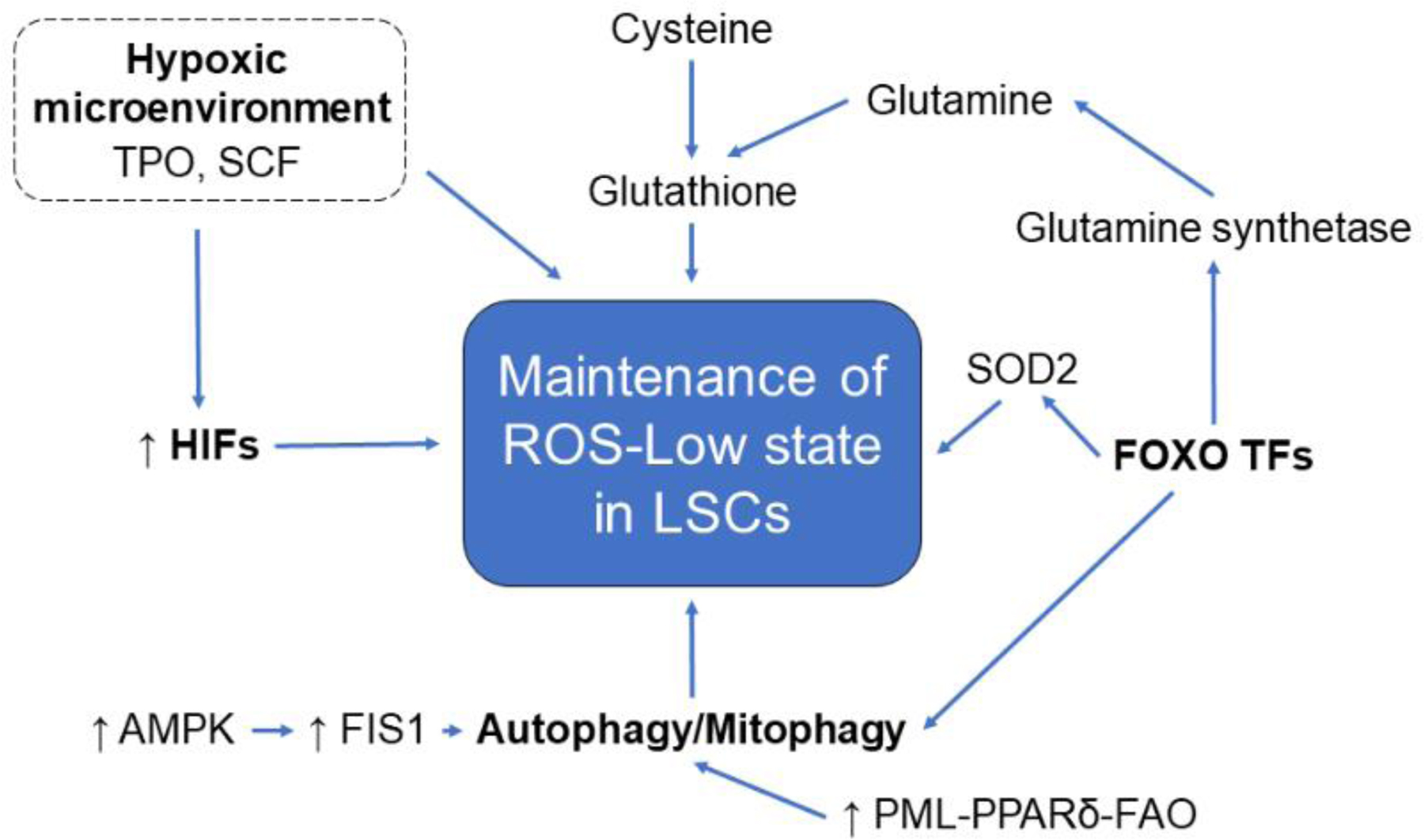Figure 2: Mechanisms regulating ROS in LSCs.

Leukemic stem cells (LSCs) display several mechanisms that function to maintain low levels of reactive oxygen species (ROS). LSCs reside in the hypoxic bone marrow niche, limiting oxidative stress. Hypoxia-inducible factors (HIFs), essential to the cellular response to hypoxia, are activated even in normoxia in LSCs and niche factors such as thrombopoietin (TPO) and stem cell factor (SCF) promote HIF stabilization. FOXO transcription factors also maintain low ROS levels by regulating mitochondrial expression of superoxide dismutase (SOD2) and glutamine synthetase. Glutamine, along with cysteine, is critical to the production of glutathione, which scavenges free radicals and other ROS. FOXO TFs are also required for autophagy and mitophagy, which mitigates oxidative stress through removal of toxic proteins and damaged mitochondria. AMP kinase (AMPK), which upregulates mitochondrial fission regulator FIS1 and therefore mitophagy, is intrinsically activated in LSCs. The PML-PPARδ-FAO pathway, upregulated in LSCs, also promotes mitophagy.
